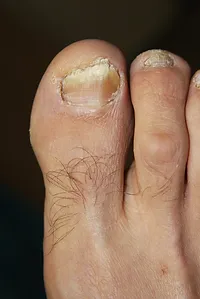Introduction
Study participants were accepted into the study based upon positive Laboratory findings of onychomycosis whether single or multiple nails were involved. Each nail involved represents a treatment qualifier. Biopsies were taken pre-treatment and post-treatment for companion and post-treatment biopsies were taken as close to the original biopsy site as possible.
Summary Results
Where onychomycosis is suspected and supported by laboratory finding the BNR Process has a positive effect on the infection by reducing it, slowing it and bringing about its elimination.






